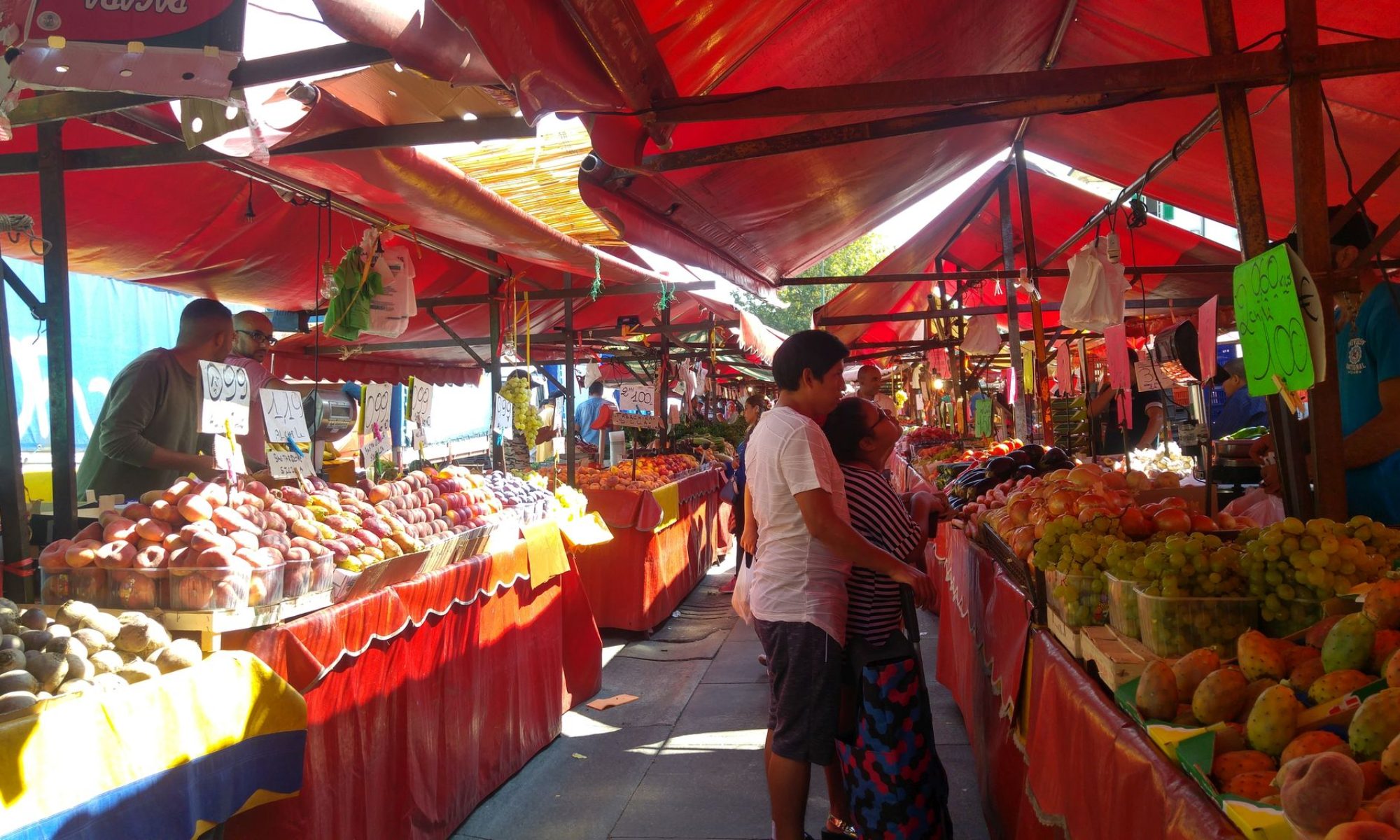Saturday, 30 August, 2020
Short walks are the thing! I had a couple of places I wanted to see this week, and I have been slowly crossing things off my list. On Thursday I went to look more closely at the old Orphan Asylum and on Friday I decided to have a return visit to the Stoke Newington Farmers Market. So how did I do?
One thing I wanted to do is go back to Clapton Square and take in Clapton Passage. For one thing, at the Clapton Square end, there’s a gorgeous Loddiges palm tree. I like the narrowness of the passage but the houses aren’t in good repair.

The last time I walked on Clarence Road, I was alone and a little too nervous to wander down Clarence Mews alone so Krish and I went into the mews and I could dream about my sometime mews house again.







From Lower Clapton Road, the old Orphan Asylum looks really impressive. The first time we saw it, we wondered what it was. It stands there like a Hackney Acropolis.


See what I mean? A sort of Hackney surprise, one of many. It’s a shadow of its former self, though.


From my research: The London Orphan Asylum was founded in 1813 by Andrew Reed who had been trained at Hackney College. The site of Hackney school off Lower Clapton Road, later reached by Linscott Road, was bought in 1820 and the children were transferred to new buildings there in 1825. The asylum included boys’ and girls’ schools and was administered by the headmaster, who was also chaplain; numbers rose from 206 in 1826 to 453 in the 1860s. The building by W. S. Inman, ‘very ambitious although rather cheaply executed’, had a frontage of 19 bays, the central 3 projecting beneath a pedimented Tuscan portico and the outer ones also projecting; it was extended behind in 1846 and included a chapel seating 400 in 1851. After the orphans had moved to Watford in 1871, the building was taken over by the Metropolitan Asylums Board c. 1873-6 and the Salvation Army from 1882.
There’s still a school there. We took some photos and a man came to ask if he could help. Oops. There were no children around so I hope no one will come after me. This was a small street with some cute kids’ art.


And that was that. I’d finally had a close-up look at the asylum. I was shocked to see no plaque on there, no sign of what it once was. Just a shell with no life. I’d like to check the archives for pictures of the children, the school and boarding rooms, and the site as it once was.
And then Krish couldn’t resist some chips from The Mermaid fish bar at Clapton Pond, another area I must blog about when I can.

As we walked home, we came across a memorial. I don’t know if this man was an accident or murder victim, but I shudder when I see these. There was a time that Hackney had a reputation for violent crime. This has changed over the years, but I think that the pandemic has brought out some bad feelings and actions. I hear it from everywhere. Around here we sometimes have gang fights and random violence on the housing estates. I hear the helicopters circling and I’m never sure if there’s a rave somewhere or the police are on the lookout. It’s not restricted to Hackney but this is my neighbourhood so it’s meaningful.


Continue reading “Short walks in Clapton and Stoke Newington”
